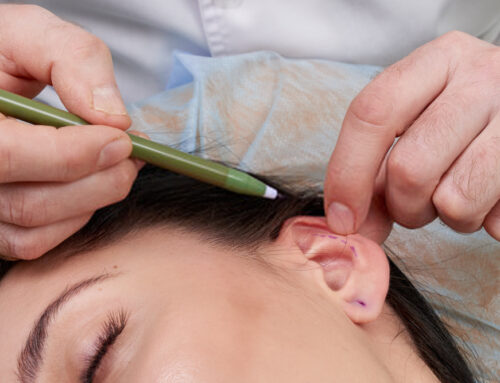How do you Tell your Environment About your Hair Transplant
We care that when you have done the hair transplant surgery, it will be quite embarrassing in the start to face the environment around you. The situation of your scalp is not able to show it to others especially when you are a relatively known personality.
That is why most of the celebrities hide their surgeries at the start and when they get satisfactory results then share their success stories and experiences among the audience. However, if you are done with the hair transplant surgery, few things should be considered so that your scalp heals rapidly and makes you able to tell your environment about your hair transplant.
What do I have to consider after a hair transplant?
After the hair transplant you are in principle socially acceptable again and can leave the clinic immediately. However, since the procedure is very tiring for the body, a longer rest period makes sense. In order for the wounds to heal as best as possible, you should take sick leave for around five to ten days. This is especially true if you come into contact with a lot of dirt in your work or if you have to wear a helmet.
Taking care of the implanted area
Day 0 (the evening of the day of the surgery)
- Remove from the back of the scalp the band-aids.
- Place the pad on the mattress to catch injury sebum (with its absorptive, softer side up).
- Take the drug and pain reliever given after dinner.
- Sleep such that the pillow and the transplanted region do not interact during the sleep. Without complications, the back of the scalp (the site of the transplant harvesting) should hit the cushion.
Days 1-3
- Wash the back of the scalp with tepid water in the morning to clean off the dry blood clots.
- Sprinkle the transplanted region with the supplied solutions container every two hours (2-3 squirts).
4-5 Days
- In the night, moisten the entire head for 15-twenty mins with a soft, tepid towel, then soak the excess liquid with a sponge if required, doing very patient and delicate movements. (do not rub!).
Day 6
- Rinse the transplanted region with baby shampoo after absorbing for 15-20 minutes (in the tub or even during the bath), doing very soft finger motions to wipe off the thin crusts.
The cleaning must be carried out daily before the crusts fall off in the transplanted region (even twice a day if necessary). Do not scratch the crusts! Not even all crusts need to be discarded for the first step! The higher, visible portion of the hair can even fall off from crusts, but there is no use to worry over because its follicles stay in place; they reach a resting period and begin to develop in a couple of months.
The noticeable upper part of the transplanted hair can fall off in just 1-4 weeks after surgery, But there is no use to panic about, as the hair follicles stay in the position as they reach a resting period and begin to develop in 5-6 weeks after surgery; they come back with those small hairs approximately 12 months after surgery that did not fall off after 1-4 weeks after surgery and therefore continued to grow.
You May Also Like: Can I Calculate the Hair Transplant Cost Myself
Irritation after the hair restoration surgery
There could be moderate discomfort for a few days just after a hair restoration operation. Some individuals experience terrible insomnia during the first days after surgery. It is normal to feel more discomfort in the donor site than the recipient site after the procedure. With over-the-counter pain medication, the post-op hair restoration plan can be alleviated.
Swelling
Inflammation is very uncommon whenever it comes to hair transplants conducted using the Choi Implanter Pen. For major hair transplantation procedures and transfusions where a lot of work has been performed on the hairline, it happens more frequently. Soreness may impact the scalp and the area across the eyes and might last two to five days, with the fourth day being the limit. A medication called Dexamethasone is given to minimize hair fall.
Scaly skin and itching
After a hair restoration surgery, scratching is a very normal feeling. 7-14 days after the procedure, it can occur all around the head. The irritation in most cases suggests that the tissue is healing. Once it becomes very hard, it is possible to use an antihistamine pill.
Proper Sleeping Posture
In the first week after the procedure, it is essential to contact the receiving regions as few as you can. Doctors usually ask patients to rest on their backs, their heads placed on certain pillows. The pillows minimize any discomfort that can happen after the hair treatment by lifting your head during the night. It is also suggested that users use the specific pillow they receive for the very first time at the clinic.





Leave A Comment